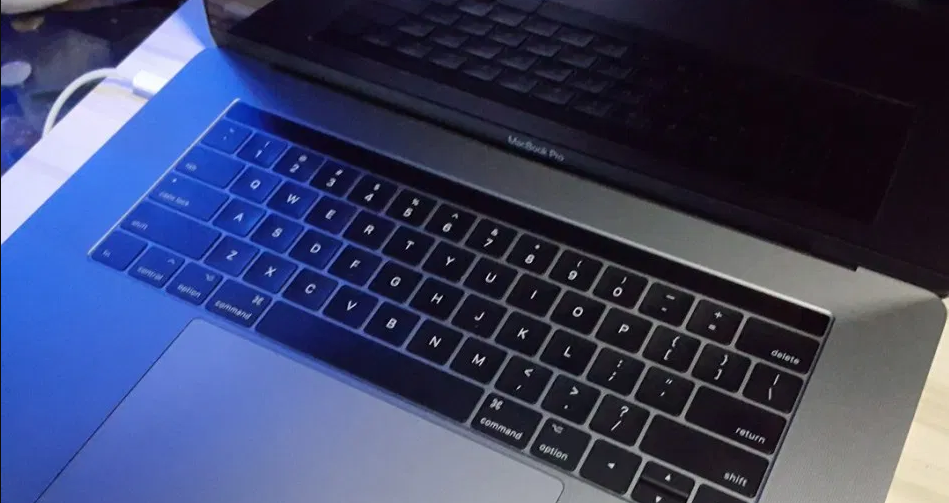The MacBook Pro’s Touch Bar, a revolutionary addition introduced in 2016, enhances user experience by providing contextual shortcuts and app controls right at your fingertips. However, glitches and malfunctions can arise, leaving you frustrated and unsure how to resolve them. Fret not, as this comprehensive guide delves into the depths of Touch Bar troubleshooting, empowering you to diagnose and fix these issues effectively.

Image: www.imore.com
Understanding the Touch Bar and Its Common Issues
The Touch Bar seamlessly adapts to the active application or workspace, displaying a dynamic array of commands and functions. While it boasts remarkable functionality, users have encountered a range of issues, including:
- Unresponsiveness: The Touch Bar may cease to respond to touch or display any content.
- Incorrect or Misbehaving Buttons: Buttons may malfunction, displaying incorrect information or failing to perform their intended actions.
- Activation Quirks: Occasional irregularities in the Touch Bar’s activation or deactivation.
Step-by-Step Troubleshooting Guide for MacBook Pro Touch Bar Issues
-
Restart Your MacBook Pro
A simple restart often resolves minor glitches by refreshing the system and clearing any temporary software conflicts.
-

Image: www.techilife.comCheck for Software Updates
Apple regularly releases software updates that include bug fixes and performance enhancements. Navigate to System Preferences > Software Update to install any available updates.
-
Reset the Touch Bar’s SMC
The System Management Controller (SMC) manages various system functions, including the Touch Bar. Resetting the SMC is a helpful troubleshooting step:
- Shut down your MacBook Pro.
- Hold the Shift + Control + Option keys on the left side of the keyboard.
- While holding these keys, press and hold the power button for 10 seconds.
- Release all keys and start your MacBook Pro.
-
Reset the Touch Bar’s NVRAM or PRAM
The Non-Volatile Random-Access Memory (NVRAM) or Parameter Random-Access Memory (PRAM) stores certain system settings. Resetting it can resolve issues with the Touch Bar:
- Shut down your MacBook Pro.
- Turn it on and immediately press and hold the Command + Option + P + R keys.
- Release the keys after about 20 seconds or when you hear the startup chime a second time.
-
Check for Third-Party App Interference
Certain third-party apps may conflict with the Touch Bar’s functionality. To identify potential culprits:
- Open the Activity Monitor app.
- Click the “Memory” tab.
- Sort processes by memory usage.
- Look for apps consuming excessive memory or CPU resources and quit any suspicious ones.
-
Contact Apple Support
If the aforementioned troubleshooting steps fail to resolve the issue, contact Apple Support for professional assistance. They may provide additional troubleshooting guidance or arrange for a repair if necessary.
Tips for Maintaining a Healthy Touch Bar
- Keep your MacBook Pro software up to date to prevent bugs and performance issues.
- Avoid exposing your device to extreme temperatures or liquids.
- Handle the Touch Bar with care to prevent physical damage.
- Clean the Touch Bar occasionally with a soft, dry cloth.
How To Fix Macbook Pro Touch Bar
https://youtube.com/watch?v=_8vTt8TCj-s
Conclusion
The MacBook Pro’s Touch Bar offers a unique and personalized user experience, but occasional malfunctions can disrupt its functionality. By following the troubleshooting steps outlined in this guide, you can diagnose and resolve most common Touch Bar issues effectively. If the problem persists despite your efforts, contact Apple Support for professional assistance. Remember to follow the maintenance tips to ensure the longevity and optimal performance of your Touch Bar, maximizing its benefits and enhancing your creative and productive workflow.